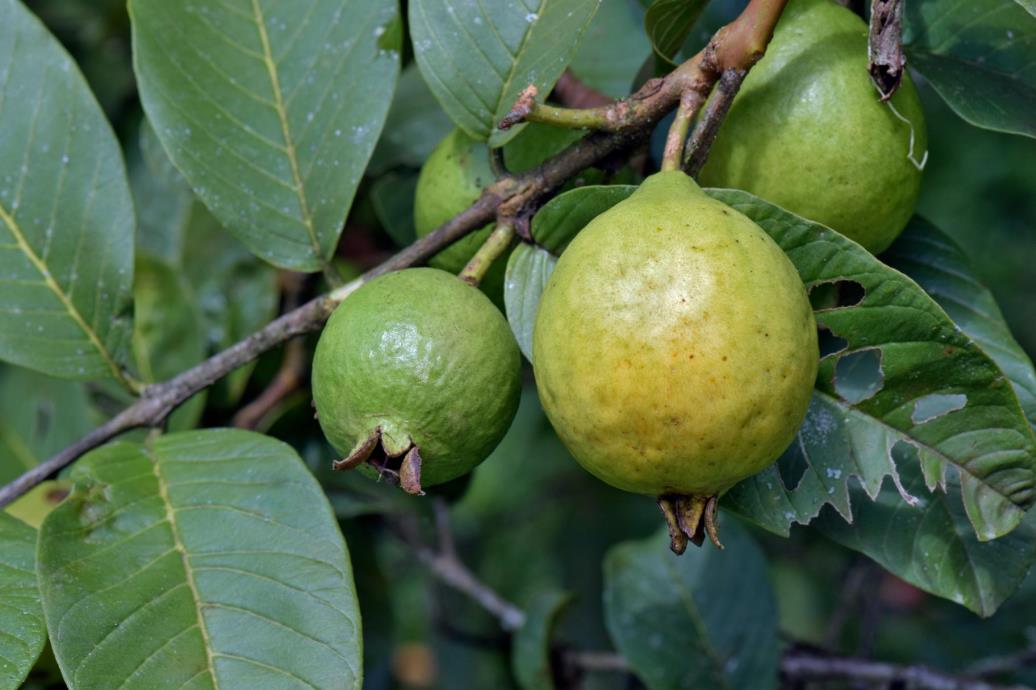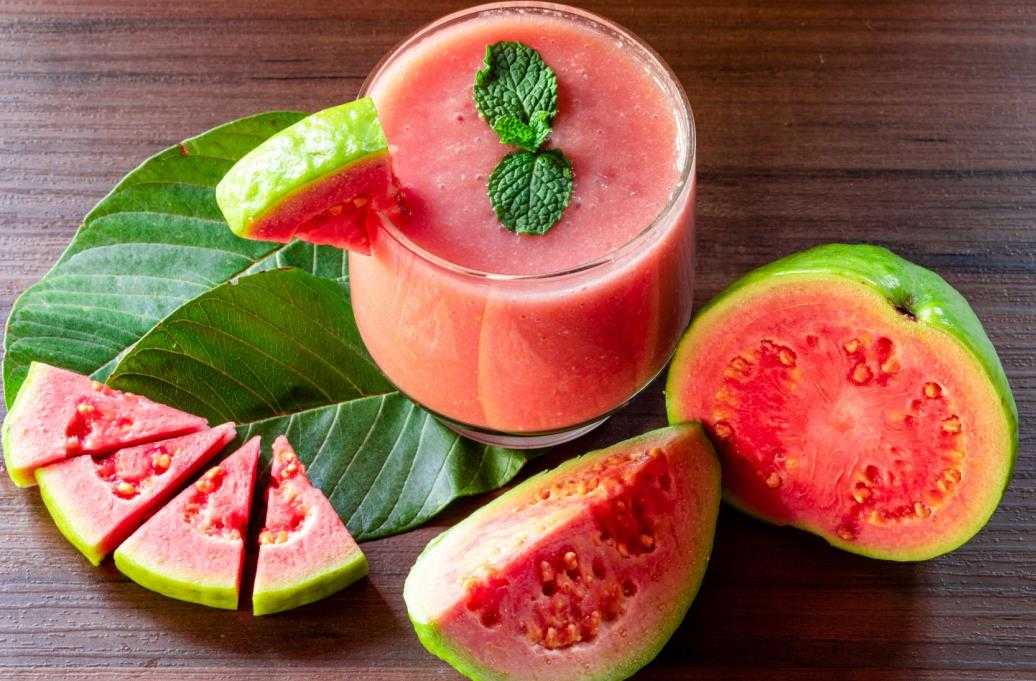When you think of tropical fruit, the guava may not be the first to come to mind. But this delicious and healthy fruit deserves a spot at the top of your list. Not because it’s especially exotic, but because it’s easy to eat, full of nutrients, and just plain delicious. Most of us are familiar with the traditional green or yellow guava, but did you know it has over 30 varieties?
While the taste and texture of guava can vary depending on the type, all have one thing in common: a delicate yet firm skin that is easy to cut when ripe. Understanding how to cut guava is the first step to adding this nutritional powerhouse to your dieta is a tropical fruit with a distinct flavor, smell, and appearance. It’s oval or round with a light green.
Given the varied colors, sizes, and shapes of guava, it’s no wonder that many people are unsure of how to select or even eat one. This article details all you need to know about guava, from choosing the right fruit to cutting it correctly.
Table of contents
What is a guava?

Guava is a tropical fruit with a distinct flavor, smell, and appearance. It’s oval or round with a light green exterior. The inside of the fruit is pink/white flesh with tiny a, look for one slightly soft to the touch but not mushy. The skin should be free of blemishes, bruiseseeds. Guava is native to Mexico, Central America, and northern South America but can now be found in tropical and subtropical regions worldwide.
This fruit is not only delicious but also packed with nutrients. Guava is an excellent source of vitamins A , C, and, dietary fiber. They also contain antioxidants and phytochemicals linked to several health benefits, such as reducing inflammation and cancer risk.
Different colors of guava
While the traditional green or yellow guava is the most common, there are over 30 varieties of this fruit. Depending on the type, guava can range in color from white to red, with pink or yellow flesh.
Some of the most common varieties of guava include:
- Red Malaysian: This guava is small with a deep red exterior and pink flesh. It has a sweet, musky flavor.
- Strawberry guava: As the name suggests, this variety tastes like a cross between a guava and a strawberry. It has greenish-red skin and white or pink flesh.
- Lemon guava: This guava has a tart, citrusy flavor and is small with a yellow exterior and white flesh.
- Tropical white: This guava is large with a white exterior and pink or white flesh. It has a sweet, floral flavor.
- Mexican cream: This guava is oval-shaped with a creamy white exterior and yellow flesh. It has a sweet flavor with a hint of vanilla.
How does guava taste?
Given the many guava varieties, the taste can vary from sweet to tart. However, all have a distinct, slightly musky flavor, often described as a cross between a pear and a strawberry. Some describe the taste as a mix of citrus and pineapple with a hint of mint, while others find hints of papaya, passionfruit, or even coconut.
How to select a guava

When choosing guava, look for one slightly soft to the touch but not mushy. The skin should be free of blemishes, bruises, and brown spots. If the guava is too hard, it will be difficult to cut. If it’s too soft, it may be overripe. Consider the color of the guava as well. While it can vary depending on the type, it should be mostly uniform in color.
How do you know if guava is ripe?
Typically, guava changes color as it ripens. When ripe, it starts out green and turns yellow, white, or pink. However, not all varieties change color when ripe, so the best way to tell if guava is ready to eat is to squeeze it gently. The fruit should be soft under your fingers and slightly give when pressed.
Another way to tell ripe guava is to smell the fruit. Ripe guava should have a sweet, fragrant aroma. Sometimes you don’t even have to lift the guava close to your nose to smell it—if it’s ripe, the fragrance will be strong enough to detect from a distance.
You can also buy unripe guava and allow it to ripen at home. Place the guava in a paper bag with an apple or banana. The ethylene gas emitted by these fruits will speed up the ripening process. The process may take a few days, so check the guava regularly.
How can you tell if guava is sweet?
There’s no surefire way to tell if guava is sweet without tasting it. However, you can get a general idea by smelling the fruit and checking to see if the skin is soft. Guava that smells sweet and fragrant is likely at its peak of sweetness, while guava with hard skin or no fragrance is probably not as sweet.
How to cut guava

- Wash the guava under cool water: Start by washing the whole guava, using your hands to rub off any dirt or debris. Use a soft vegetable brush to remove debris from the fruit’s crevices, and pat dry with a towel.
- Cut the guava in half: Position it horizontally on the wooden cutting board and, using a serrated knife, cut it in half lengthwise. If the guava is ripe, it should give easily to the serrated knife with little resistance.
- Remove the seeds: If you want to remove them, use your fingers or a spoon to scoop them out of the guava halves. You can also leave the seeds in—they’re edible and high in fiber. (Skip this step if you plan on eating the seeds)
- Remove the skin: Suppose you don’t want to eat the guava skin. In that case, you can remove it by scoring the flesh lengthwise with a knife and then peeling it off with your fingers. (Skip this step if you plan on eating the skin.)
- Slice or dice the guava: Once the guava is seeded and peeled (or not, depending on your preference), you can slice or dice it as desired. For slicing, cut the guava halves crosswise into thin pieces. For dicing, cut them into small cubes.
Handpicked for you
True cutting power in the palm of your hand
How to eat guava
Guava pairs well with both sweet and savory flavors. For a sweet treat, try pairing diced guava with yogurt or cereal. You can also add slices of guava to a fruit salad or smoothie. If you’re in the mood for something savory, use diced guava as a topping for tacos, grilled chicken, or fish.
Some chefs like to use guava in sauces and marinades—the fruit’s sweetness pairs well with savory ingredients like garlic, onions, and chili peppers. Guava can also be used to make jams, jellies, and chutneys. Others love baking with guava, and using it to make pies, cobblers, cakes, and other desserts.
FAQs
What parts of guava are edible?
The entire fruit is edible—skin, flesh, seeds, and all—but the taste and texture vary. Some people prefer to eat guava with the skin, while others find it too bitter. The flesh closest to the skin is usually the sweetest. The seeds are crunchy and have a slightly bitter taste.
How to store guava?
The best place to store guavas is in the refrigerator. They will last for two to three days stored this way. You can also store them at room temperature, but they will only last for one or two days. When frozen, guavas will last for several months to a year.
Why should we not drink water after eating guava?
It is advisable not to drink water immediately after eating guavas. This is because the high fiber content in the fruit can cause indigestion and bloat. It’s best to wait at least 30 minutes before drinking water. To avoid indigestion altogether, eat guavas in moderation.
Closing thoughts
Guava is a delicious and versatile fruit enjoyable in many different ways. Whether you eat it with the skin or seeds, diced or sliced, sweet or savory, there’s a way to enjoy guava that suits your taste. However, knowing how to cut a guava is the first step to enjoying this great fruit. With a bit of practice, you’ll be a guava-cutting pro in no time.
Our blog has more information on how to cut other fruits and vegetables and tips on storing and cooking them. Visit our store for high-quality high-carbon knives that will bring you a new experience of cooking.












